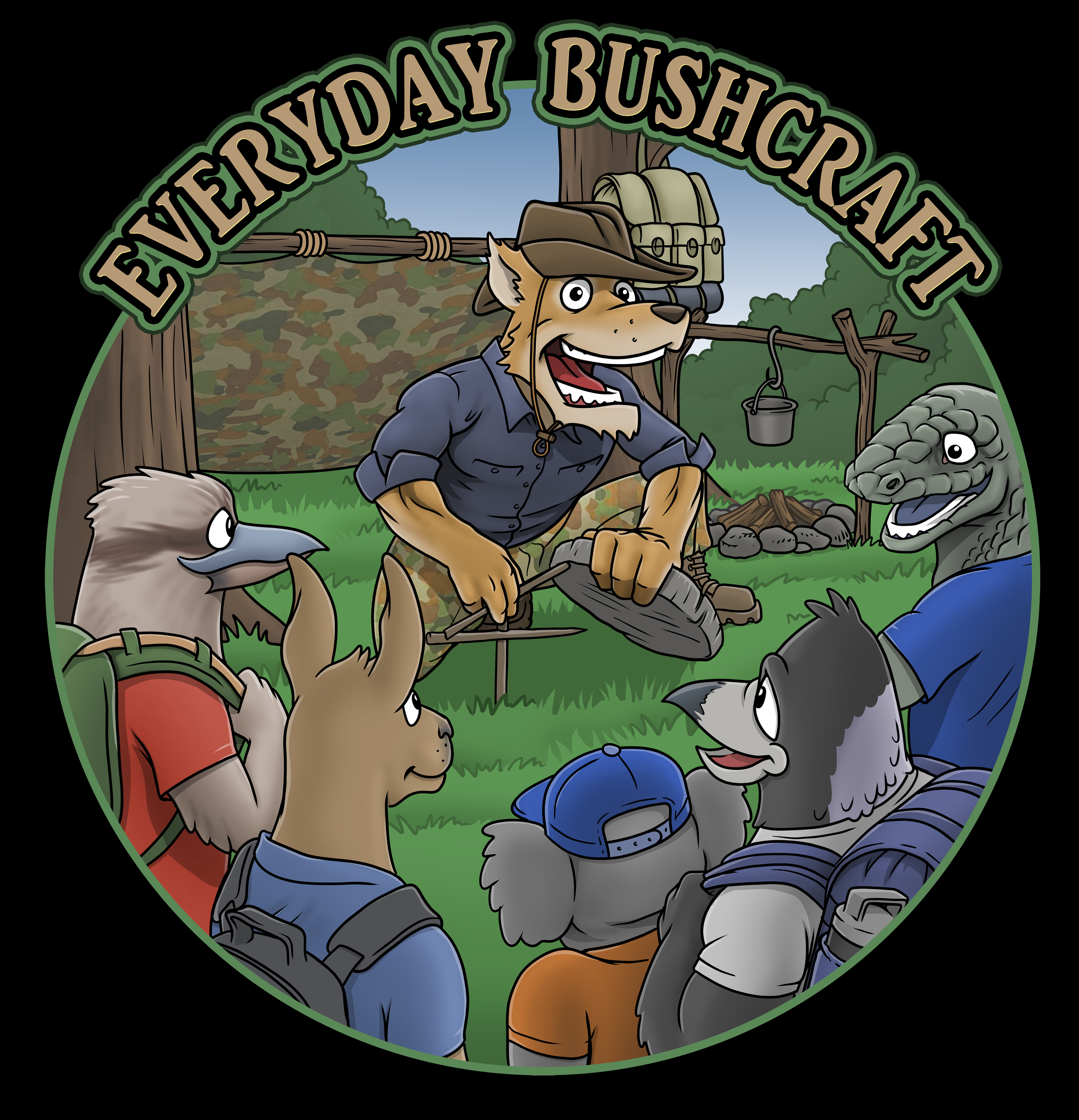
Skill No. 4: Fire
- gbucknell

- Apr 28
- 2 min read
Everyday Bushcraft Skill No. 4: Fire – Sparking the Flame Within
Fire is one of the most iconic bushcraft skills—and for good reason. It’s life-giving, life-saving, and deeply symbolic. In the wilderness, fire means warmth, light, safety, and survival. It dries your wet clothes, cooks your food, sterilises your water, and offers comfort when the darkness closes in.
But in everyday bushcraft, fire is more than just a practical skill. It’s a metaphor for something much deeper: the passion, inspiration, and energy we need to move forward in life.
The Art of Fire Making
In bushcraft, fire isn’t just about flicking a lighter or striking a match. True firecraft is about creating something from almost nothing—generating heat through friction, coaxing a single ember to life, and guiding it into flame with patience and precision.
You don’t start with a log. You start with the tiniest spark—an ember. That ember is cradled in a carefully prepared birds’ nest of dry tinder: fine grass, shredded bark, or cottony fluff. You blow gently, feeding it with oxygen, never rushing. And slowly, the ember catches. The flame grows. Only then do you add kindling, and eventually, wood.
That process is everything.
Fire as a Metaphor
This is exactly how inspiration works in our lives. We often wait for a blaze of motivation or a grand idea to suddenly take hold—but that’s not how it happens. It starts small.
An idea. A moment of clarity. A flicker of hope. That’s your ember.
But if you ignore it, it dies.
To nurture it, you need the right environment—tenderness, patience, and space. You surround it with fine material—learning, experience, and encouragement. You breathe gently into it—time, focus, small consistent actions.
And just like with a fire, you can’t force it. You can only guide it.
Support Fuels the Flame
And here’s where Skill No. 3—Shelter—comes in. No fire will burn in a storm. You need protection. You need people who believe in you, spaces where you feel safe, and moments where the wind calms just long enough for your spark to catch.
Your network, your mentors, your friends—these are the dry tinder that help your idea grow. Without them, your spark may never become a flame.
But once your fire is lit—truly burning—it becomes self-sustaining. You don’t need to blow on it anymore. You just need to tend it. Feed it. Respect it. And in return, it gives you warmth, energy, light, and resilience.
Keep the Flame Alive
So whether you’re out bush or facing a tough season in life, remember: fire starts small. Don’t overlook your spark just because it seems insignificant. Protect it. Feed it. Nurture it.
Because one day, that tiny ember could become the fire that changes your world.
Fire isn’t just about survival—it’s about purpose.
Stick around as we explore the final of the Everyday Bushcraft Five. These are the tools not just for the wild, but for navigating the adventure of life itself









Comments